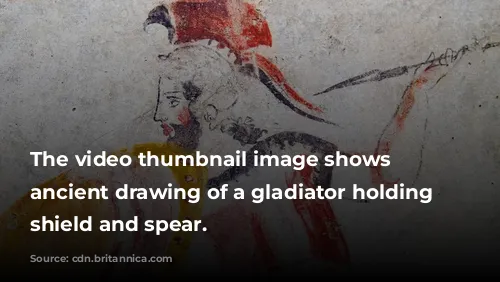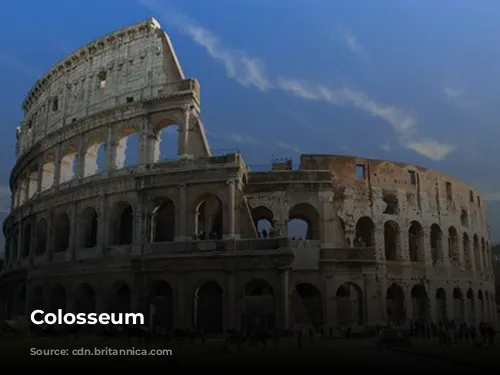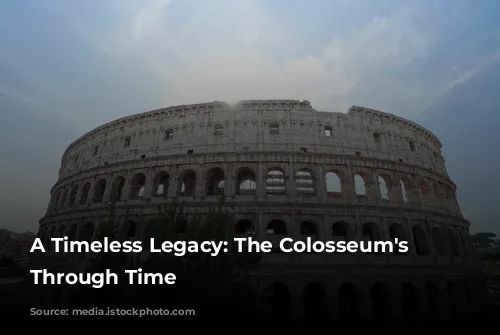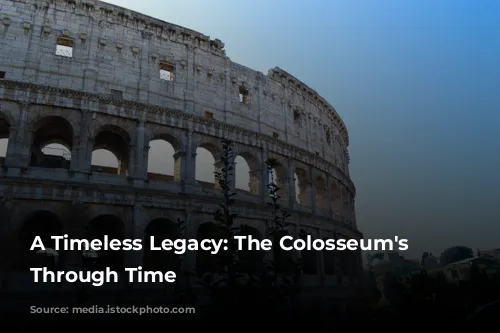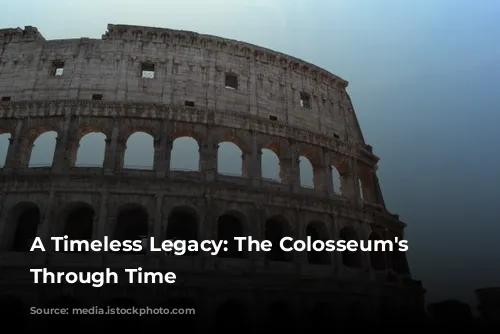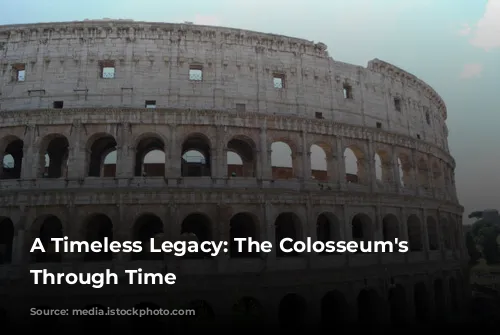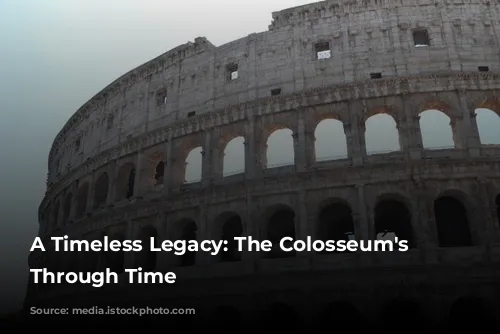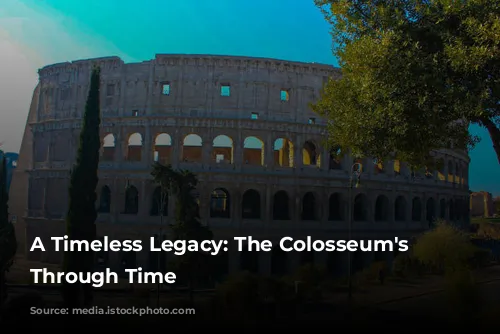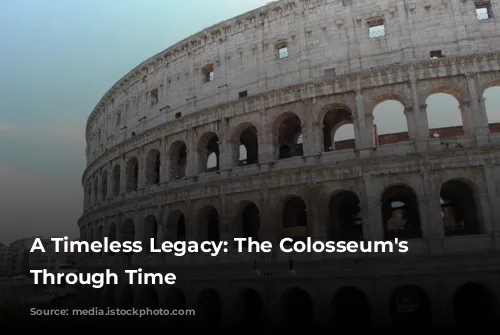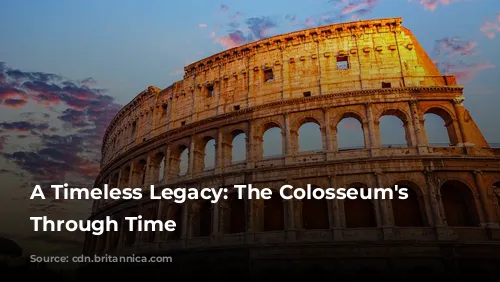The Colosseum, one of the few remaining structures of the Roman Empire, stands as a testament to ancient Rome’s remarkable architectural and engineering skills. More than just a historical marvel, the Colosseum plays a crucial role in modern Italy’s economy. In 2018, the Colosseum, Roman Forum, and Palatine Hill combined to generate over $63.3 million (€53.8 million), making it the highest-earning tourist attraction in Italy.
The Colosseum, however, has endured a tumultuous history. After the fall of the Western Roman Empire, it fell into disrepair. In the 12th century, powerful Roman families, the Frangipane and Annibaldi, repurposed the arena into their fortress. During the late 15th century, Pope Alexander VI allowed the Colosseum to be used as a quarry, stripping it of its valuable materials. For over a thousand years, the Colosseum was neglected, but in the 1990s, state-funded restoration efforts were initiated to preserve this architectural gem.
The Colosseum’s construction was part of a broader imperial initiative to revitalize Rome following the turbulent “Year of the Four Emperors” in 69 CE. Like other amphitheaters, the emperor Vespasian envisioned the Colosseum as a center of entertainment, hosting a dazzling array of spectacles, from gladiator fights and animal hunts to even mock naval battles.
Building a Monument: From Emperor to Arena
Construction of the Colosseum began under the reign of the Roman emperor Vespasian between 70 and 72 CE. It was completed and dedicated in 80 CE by his son and successor, Titus. Domitian, another Roman emperor, added the Colosseum’s fourth story in 82 CE. Interestingly, the arena was financed with spoils from Titus’s conquest of Jerusalem in 70 CE, and it was built by enslaved Jews from Judea.
The Colosseum is an impressive elliptical structure, built with stone, concrete, and tuff, and rises to four stories. It measures an awe-inspiring 620 by 513 feet (189 by 156 meters) and had the capacity to accommodate as many as 50,000 spectators. The Colosseum was famously used for gladiatorial combat, a form of entertainment that captivated the Roman Empire.
An Architectural Marvel: Design and Construction
The Colosseum, located east of the Palatine Hill on the site of Nero’s Golden House, stands as a testament to Roman engineering brilliance. The artificial lake that once graced Nero’s palace was drained to create space for the Colosseum, a decision that was both symbolic and practical. Vespasian, whose rise to power began in humble circumstances, chose to replace the tyrannical emperor’s private lake with a public amphitheater, capable of hosting tens of thousands of Romans.
The Colosseum is a freestanding structure, unlike earlier amphitheaters that were often built into hillsides for support. It is a marvel of stone and concrete, featuring a complex system of barrel vaults and groin vaults. Its imposing size, measuring 620 by 513 feet (189 by 156 meters), further highlights its scale and grandeur.
Spectator Experience: A Glimpse into Roman Entertainment
Three of the Colosseum’s stories are adorned with arcades, framed by engaged columns in the Doric, Ionic, and Corinthian orders. The structure’s rising arrangement of columns served as a blueprint for the Renaissance codification known as the assemblage of orders. The main structural framework and facade are made of travertine, while the secondary walls are constructed of volcanic tufa. The inner bowl and arcade vaults are made of concrete.
The amphitheater could accommodate an estimated 50,000 spectators, who were shielded from the sun by a massive retractable velarium (awning). Supporting masts extended from corbels built into the Colosseum’s top story, and hundreds of Roman sailors were needed to operate the rigging that controlled the velarium. The Colosseum witnessed thousands of hand-to-hand combats between gladiators, contests between men and animals, and even mock naval engagements. However, the authenticity of the Colosseum being the site of the martyrdom of early Christians remains uncertain.
From Glory to Neglect: The Colosseum’s Later History
During the medieval period, the Colosseum was used as a church, then as a fortress by the powerful Frangipane and Annibaldi families. Over time, the Colosseum suffered damage from lightning strikes, earthquakes, vandalism, and pollution. The marble seats and decorative materials were stripped away, leaving the Colosseum to languish for over a thousand years as a quarry.
The preservation of the Colosseum began in earnest during the 19th century, with notable efforts led by Pius VIII. A major restoration project was undertaken in the 1990s. Today, the Colosseum is a major tourist attraction in Rome, drawing close to seven million visitors annually. Regularly changing exhibitions exploring ancient Roman culture are held within its walls.
